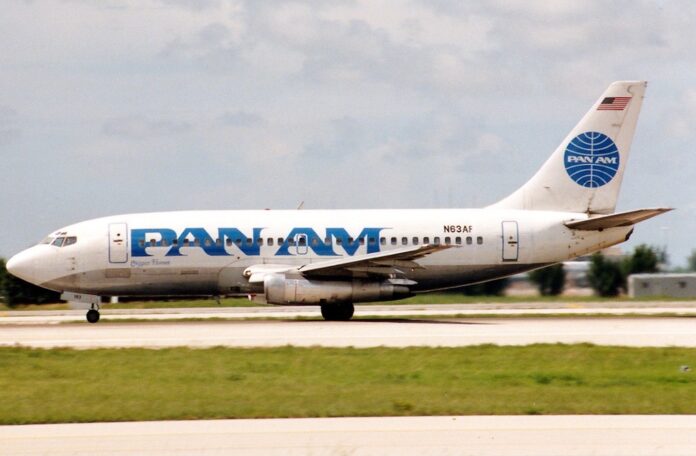In the fast-paced and high-stakes realm of civil aviation, effective crisis communication stands as a cornerstone of maintaining public trust, ensuring safety, and preserving the reputation of airlines and the industry as a whole. When faced with crises—be it accidents, operational disruptions, safety concerns, or public relations challenges—aviation professionals must navigate the storm of public scrutiny, regulatory pressures, and media attention with precision and transparency.
The aviation industry operates in an environment where safety and public perception are paramount. In times of crisis, maintaining open and transparent lines of communication is essential. Airlines, aviation authorities, and industry stakeholders must swiftly disseminate accurate and timely information to passengers, employees, the media, and the public to address concerns and maintain trust.
Timeliness in crisis communication is critical. Prompt and proactive communication during emergencies or critical incidents reassures passengers and stakeholders, providing them with updates, safety information, and instructions, thereby alleviating uncertainty and anxiety.
Crafting a crisis communication strategy in advance is a fundamental aspect of preparedness. Airlines and aviation organizations develop comprehensive crisis communication plans outlining protocols, responsibilities, and communication channels to be activated during crises. These plans ensure a structured and coordinated response in times of adversity.
The role of leadership in crisis communication cannot be overstated. Strong and visible leadership, demonstrating empathy, transparency, and decisive action, sets the tone for effective crisis management. Leaders must be accessible, communicate regularly, and provide reassurance to employees and the public.
Transparency is the cornerstone of effective crisis communication. Airlines and industry stakeholders are expected to provide factual, transparent, and regular updates to address concerns and dispel misinformation. Transparent communication fosters trust and credibility, crucial in rebuilding confidence post-crisis.
Social media and digital platforms have transformed crisis communication in the aviation industry. Airlines and organizations leverage social media channels to disseminate information, address concerns, and engage with stakeholders in real-time. However, effective management of social media requires caution, as misinformation can spread rapidly.
Maintaining consistency in messaging across all communication channels is imperative. A unified and consistent narrative prevents confusion and ensures that stakeholders receive coherent and accurate information, fostering trust and confidence in the airline’s response to the crisis.
Training and preparedness drills are essential components of crisis communication readiness. Airlines conduct regular simulations and training exercises to test crisis communication plans, evaluate responses, identify gaps, and train personnel to handle crisis situations effectively.
Media relations play a pivotal role in crisis communication. Airlines must establish strong relationships with media outlets to facilitate accurate reporting and timely dissemination of information. Effective media engagement helps shape public perception and ensures that accurate information reaches the public.
Human factors and empathy are crucial in crisis communication. Airlines must recognize the emotional impact on passengers, families of those involved, and employees during crises. Providing support, showing empathy, and offering assistance are vital elements of crisis communication.
Post-crisis evaluation and analysis are integral for learning and improving crisis communication strategies. Airlines conduct comprehensive reviews, analyzing the effectiveness of communication, identifying areas for improvement, and implementing corrective measures for future crises.
Aviation authorities, such as the International Civil Aviation Organization (ICAO) and the Federal Aviation Administration (FAA), play a pivotal role in shaping crisis communication protocols and standards. They collaborate with airlines and industry stakeholders to establish best practices and guidelines for crisis communication.
The COVID-19 pandemic presented an unprecedented crisis for the aviation industry. Airlines faced a multitude of challenges, including travel restrictions, passenger concerns, operational disruptions, and financial strain. Effective crisis communication became pivotal in addressing uncertainties and maintaining confidence in air travel safety.
Lessons learned from past crises guide the continuous improvement of crisis communication strategies in the aviation industry. The ability to adapt, innovate, and enhance crisis communication practices ensures the industry’s preparedness to navigate through future challenges and uncertainties.
In conclusion, crisis communication stands as a linchpin in safeguarding the reputation, safety, and trustworthiness of the aviation industry. Effective communication strategies, transparency, empathy, and preparedness are essential elements in guiding airlines and industry stakeholders through turbulent times and preserving public confidence in air travel.
























